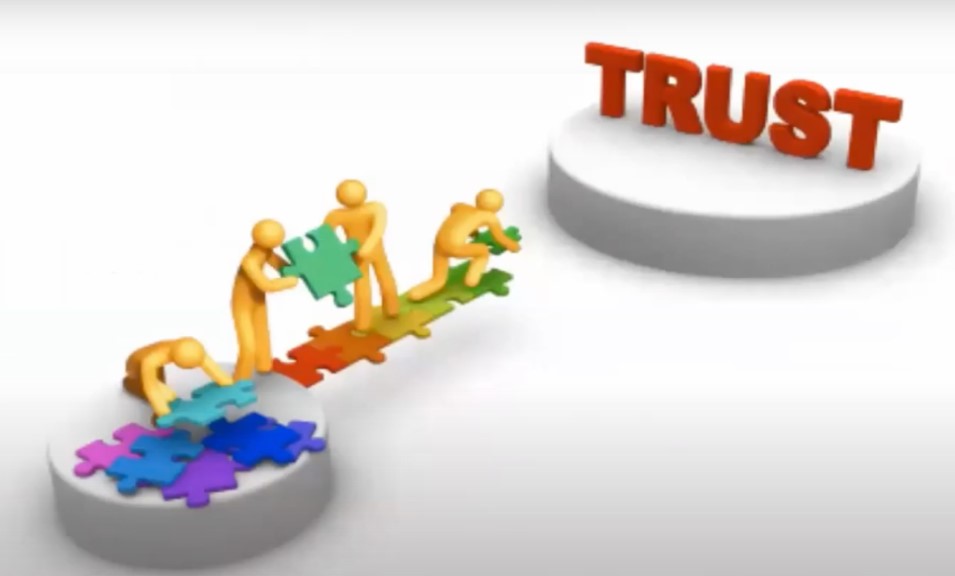3 Key Words for Education Boards to Remember During a Crisis
Education boards need to emphasize direction, trust, and implementation

Relationships between school board members, the superintendent, and staff need to be clearly defined so that during a crisis everyone can do their part to help keep students safe and focus on learning.
Focusing on three main areas can help school boards to achieve this.
1. Direction
Setting direction for the district is the essential task of a school board, according to K20Connect Senior Consultant Arati Nagaraj. “It’s the ‘what’ that needs to get done,” said Nagaraj, a Trustee of the Saratoga (CA) Union School District Board since 2010 who has served as board president for two years. She fleshed out the distinct role of board members during her “The Role of the Board and Relationship to Staff During a Crisis” presentation at Tech & Learning’s “Future-Proofing Your District” virtual conference.
One metaphor that Nagaraj finds helpful is that of a news helicopter: Those on the news helicopter (the board) survey the scene from above and share what they see with the newscasters in the studio. The newscasters (the staff) then sift through all of the information and report on what’s important.
The board has to keep the bigger picture in view. But that can be impossible if they’re also trying to carry out tasks themselves. “It’s very important for board members who are tempted to do the work themselves to exercise restraint and to leave the ‘how’ to the superintendent and staff,” said Nagaraj. This is where trust comes in.
2. Trust
Trust is a two-way street and requires listening, honesty, vulnerability, and unconditional positive regard for your colleagues, Nagaraj says. It’s important to listen and respect the challenges others voice in the moment—even if they don’t align with your own priorities.
“The superintendent has the pulse of what’s important, especially during a crisis, and the board does not,” Nagaraj said. The board therefore needs to trust the superintendent and give him or her the power to make emergency decisions.
Tech & Learning Newsletter
Tools and ideas to transform education. Sign up below.
“At the moment of crisis, trusting the superintendent to make informed decisions is the key to everything,” she said. If these decisions can’t be made, nothing can be implemented effectively.
3. Implement
“It’s kind of like a pecking order,” Nagaraj said. “The board sets the direction, the superintendent formulates the plan with the staff to implement the work that needs to get done, and then the superintendent reports back to the board. The worst thing that a board member could do is to direct staff to do something. Not only does this violate trust, but it sends mixed messages and throws off the entire system and process.” Nagaraj also notes that it’s very difficult for a staff member to say no to a board member.
Words and notes of encouragement from board members to staff, however, are always welcome—and especially during a crisis when staff are often spending more time with students and team members than with their own families.
All of these structures are particularly important during the pandemic when there are so many unknowns and the situation is so fluid, Nagaraj says. “Everybody is building the plane as we’re flying,” she said, and in these anxious moments board members have a responsibility and opportunity to be the leaders and role models who set the tone for the district.
Contact Nagaraj at arati@k20connect.net
